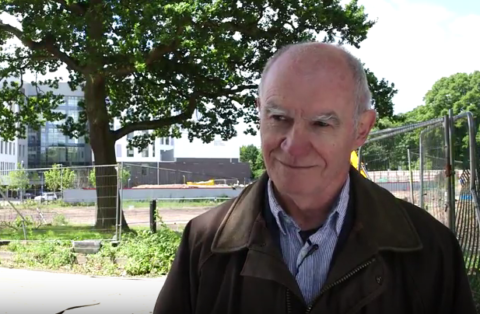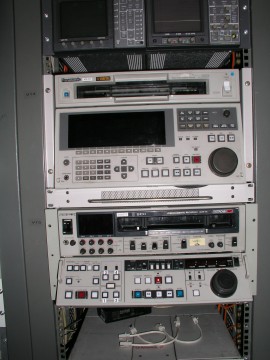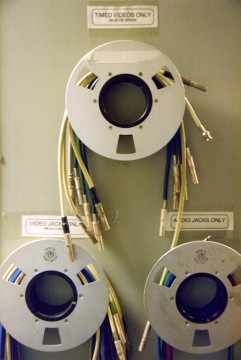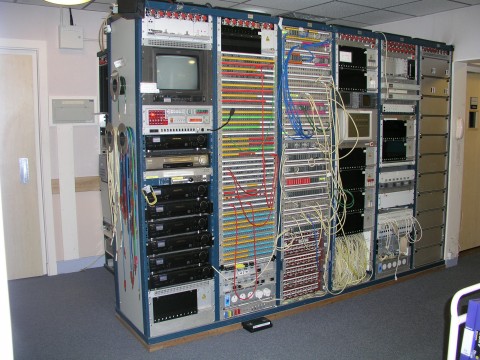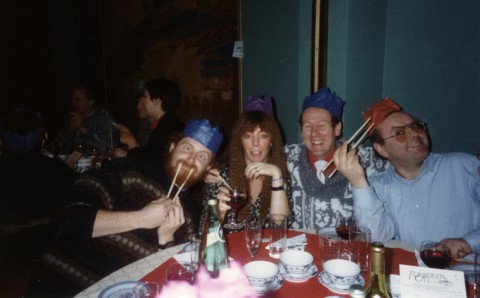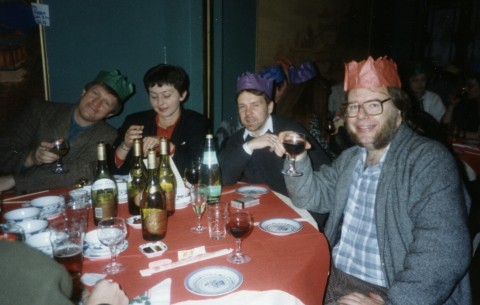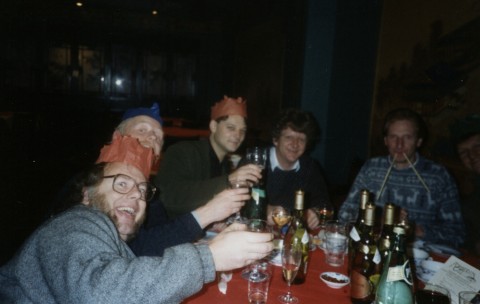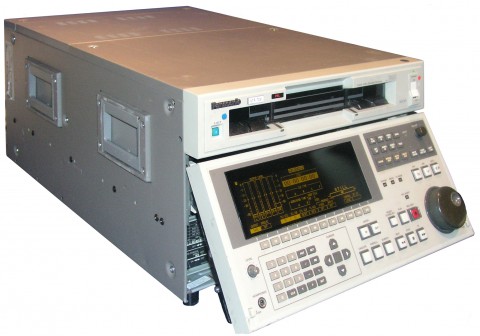Specially shot video of Roger Casstles talking about why BBC Pebble Mill was a special place. The video is recorded on Pebble Mill Road, overlooking the site where Pebble Mill stood, and is now a dental hospital. Roger mentions some of the productions that came from Pebble Mill, like Pebble Mill at One, Midlands Today, The Archers, as well as the Midland Radio Orchestra, and being a centre for drama, but tells us that the really important thing was how people worked together, for instance post production working across all productions and the way that Graphics and Set Design departments collaborated with production. Roger Casstles was the creator and producer of The Clothes Show, the fashion magazine series which ran from the 1986-2000.
(The video was shot by BCU Media graduate, Ash Connaughton, with me, (Vanessa Jackson) asking the questions).
The following comments were left on the Pebble Mill Facebook page:
Andy Frizzell: ‘Had some great shoots with Roger in many countries around the world. As always talking a lot of sense. We were all saddened by the closing of ‘The Mill’.‘
Claire Chambers: ‘As Roger would say “ why answer a question with one word when thousands will do” ! Very well said’
Linda Hearn-Clapham: ‘Very happy memories of recording Hartbeat and The Movie Game at Pebble Mill in the 90’s!’
